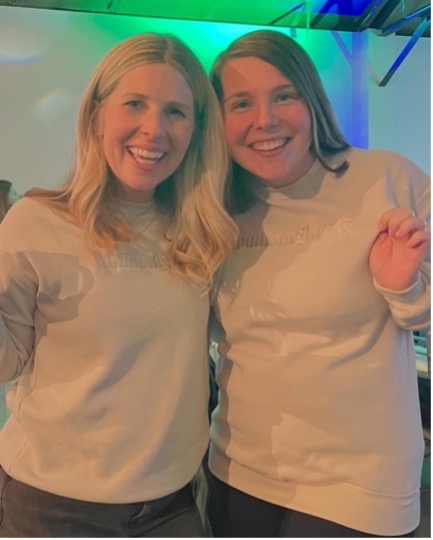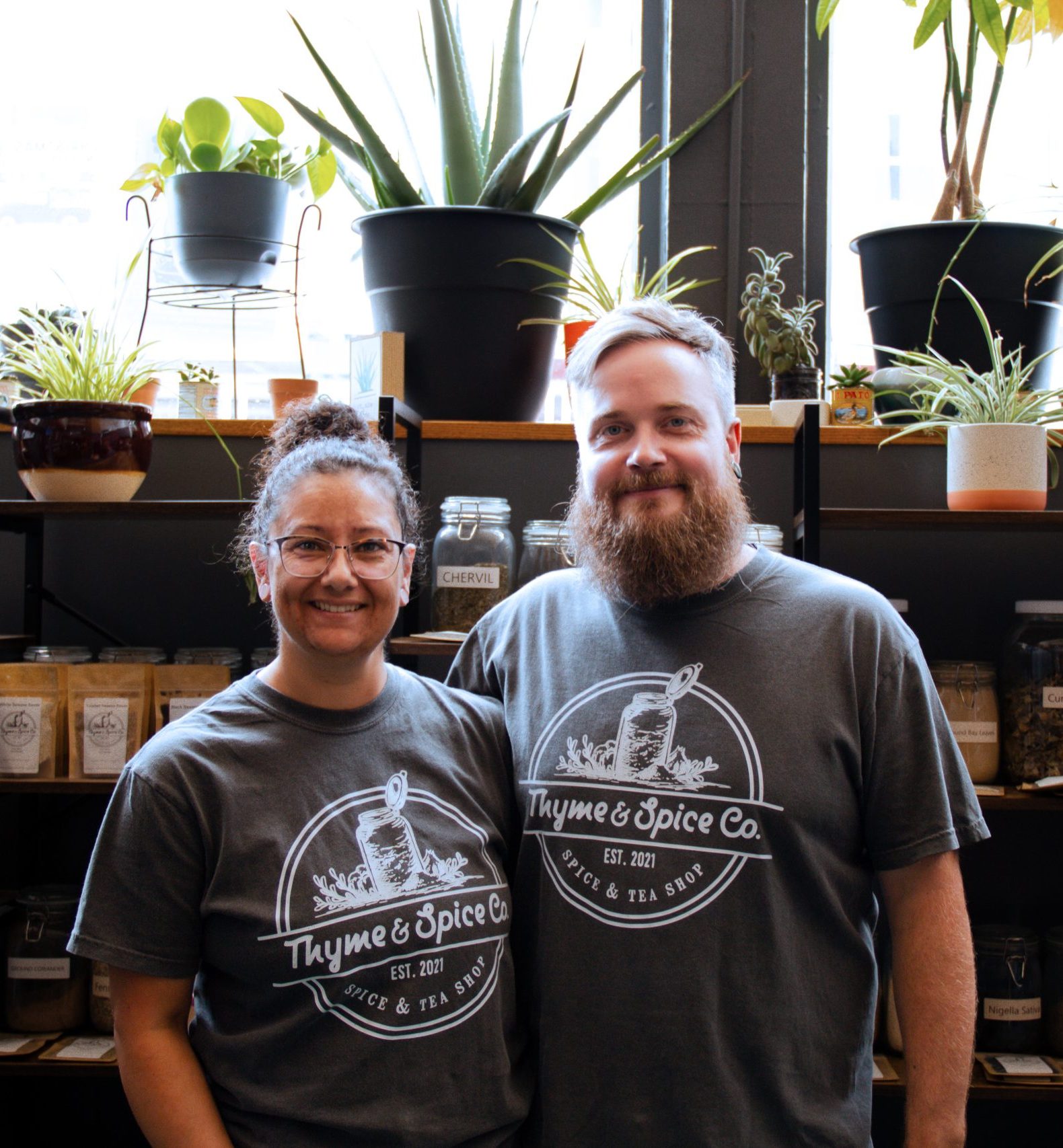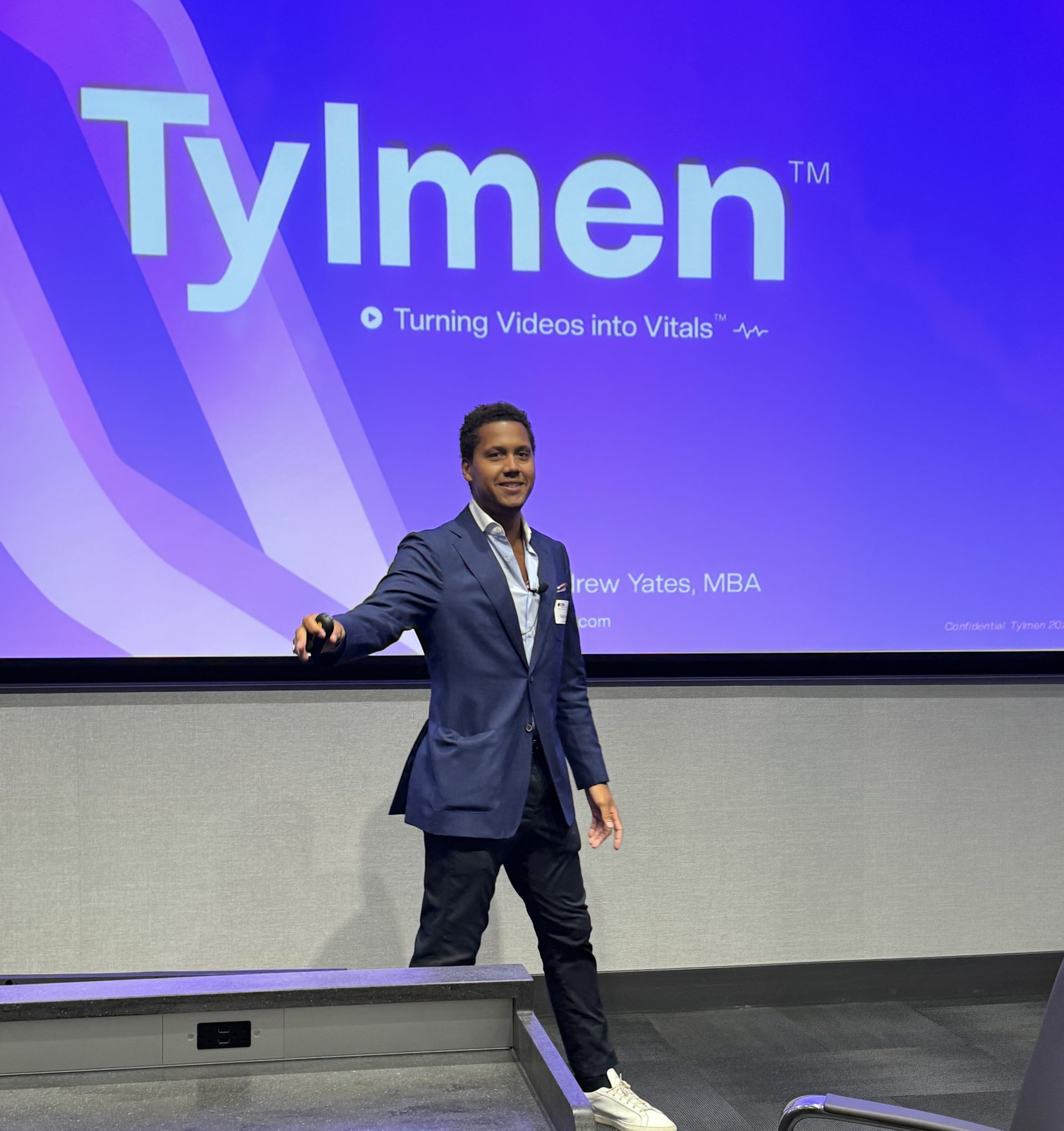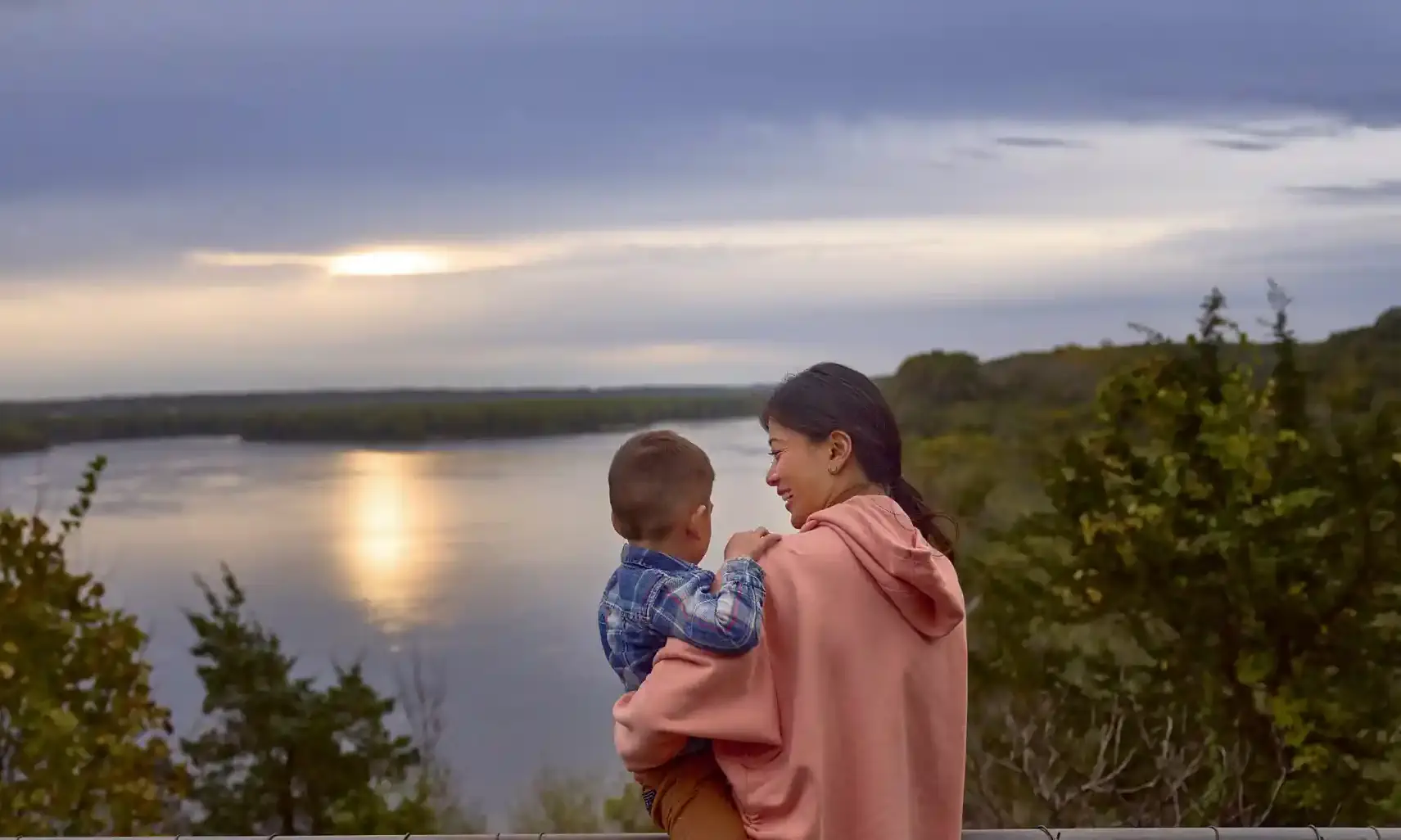This story originally appeared in the This Is Iowa’ statewide guide published by Livability and the the header photo was taken at the Science Center of Iowa.
Nearly a quarter of all Iowa jobs are in STEM-related fields, according to a report by the Iowa Governor’s STEM Advisory Council, and that number is expected to grow.
Fortunately, the state’s public schools and higher education institutions have invested in a number of top-tier academic programs to introduce students to STEM-related career paths as well as keep a pipeline of talent flowing freely to these in-demand industries.
STEM Studies Start Early in Iowa Schools
To best prepare youth for STEM-related careers, some Iowa schools start early and continue to build on that education as students age. Gilbert Community school District for example, which serves more than 1,400 students in Gilbert and northern Ames, begins incorporating STEM into its curriculum as early as elementary school.
Gilbert High School — regarded as one of the top STEM high schools in the state — offers a diverse menu of courses and extracurricular clubs and activities designed to introduce students to STEM career paths. Take, for instance, SWENext, the high school division of the Society of Women Engineers, which works to promote STEM to the school’s female students through team-building activities and educational opportunities, such as guest speakers, special classes and college prep.
“We’re always looking to expand our offerings because we understand the value of STEM and CTE (career and technical education) and how these courses can expose our students to new opportunities.”
Nick Proud | Iowa City Community School District
Iowa Schools Partner With Colleges
The Iowa City Community School District also invests heavily in a STEM-based curriculum at the high school level. The district partners with Kirkwood Community College and the University of Iowa to allow high school students to earn college credit through a free program called Kirkwood Academies.
Students can choose among 20 areas of study, from robotics and engineering, architecture and construction to arts and manufacturing, software development and computer programming. Students take courses at the Kirkwood Regional Center on the University of Iowa campus and are able to engage in hands-on projects in the university’s world-class research labs as well as hear from guest speakers representing local STEM industries.
“We try to have pretty robust offerings of STEM-related courses for our students because those subject areas are so important,” says Nick Proud, executive director of teaching and learning for the Iowa City Community School District. “There’s quite a demand for workers skilled in many of these fields, and we can help our students see that as a great opportunity for themselves.”
Proud says STEM courses also help students build valuable soft skills, such as critical thinking and problem-solving, that can help them succeed in and out of the classroom.
“Our teachers also do a nice job of allowing kids to work collaboratively within those problem-solving scenarios, so they are also building communication skills,” Proud says. “They’re having a dialogue and discussing different ideas to come up with a solution. To me, that collaborative effort is one of the most important skills that we can develop in kids.”
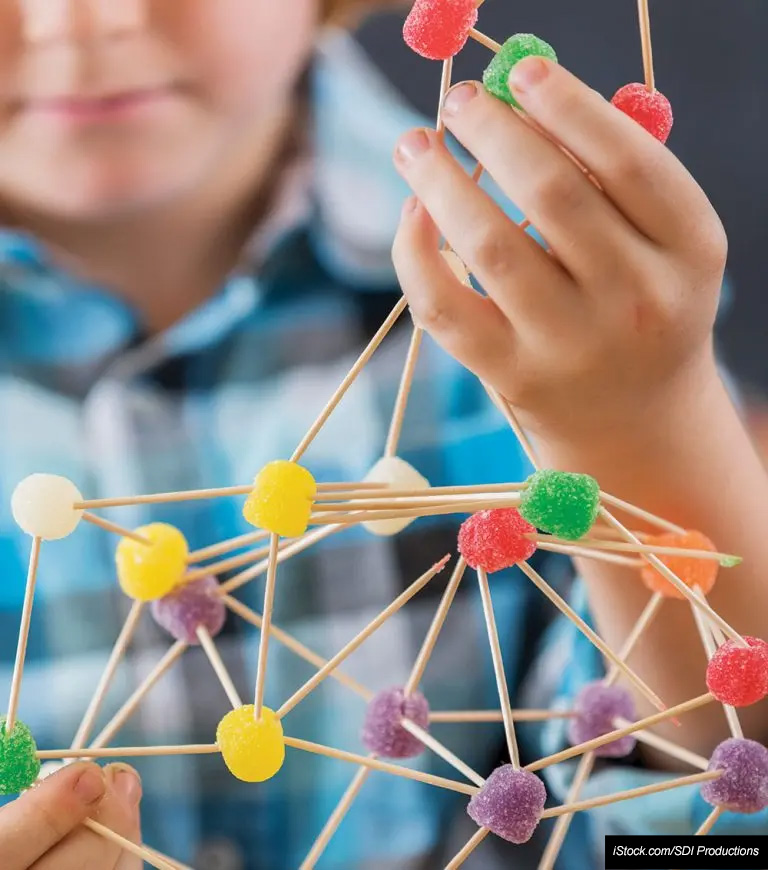
Ready for Work
Iowa Lakes Community College in Estherville also plays a critical role in growing the workforce in STEM fields. The college offers workforce training and noncredit programs in areas such as commercial applicator/agriculture, electrical, industrial maintenance, precision agriculture and unmanned aerial vehicle operations and applications.
“With technology changes, staying current with software and helping individuals be prepared to work in a dynamic, changing environment is important,” says Jolene Rogers, executive director of community and business relations at Iowa Lakes Community College. “We offer seminars to assist with change management and other essential skill development. New programs are developed as a result of industry demand and often piloted through workforce training.”
Rogers says the college also works with local schools to give students a head start to college and careers. A dual enrollment program allows students to simultaneously earn high school and college credit, and the Career Academy gives students the opportunity to take technical college-level courses and earn industry certifications. The college also partners with local businesses to host work-based learning opportunities, including job shadowing.
“As high school students prepare for job shadow or internship experiences, they complete several career-ready seminars.” Rogers says. “Activity-based courses help to solidify business expectations and the employee accountability skills they will need to secure and keep a job and make connections while on the job shadow or internship experience.”
The Future Is Now
Future Ready Iowa provides opportunities for residents to get the education and training they need to obtain high-demand jobs. Gov. Kim Reynolds set a goal to have 70% of the state’s workforce receive quality education and/or training beyond high school by 2025. According to Reynolds, having a postsecondary credential, such as a certificate or an associate degree, is the new minimum needed because careers require advanced knowledge and/or technical skills. The Future Ready Iowa website provides info on scholarship opportunities, career resources and employer-led programs.
